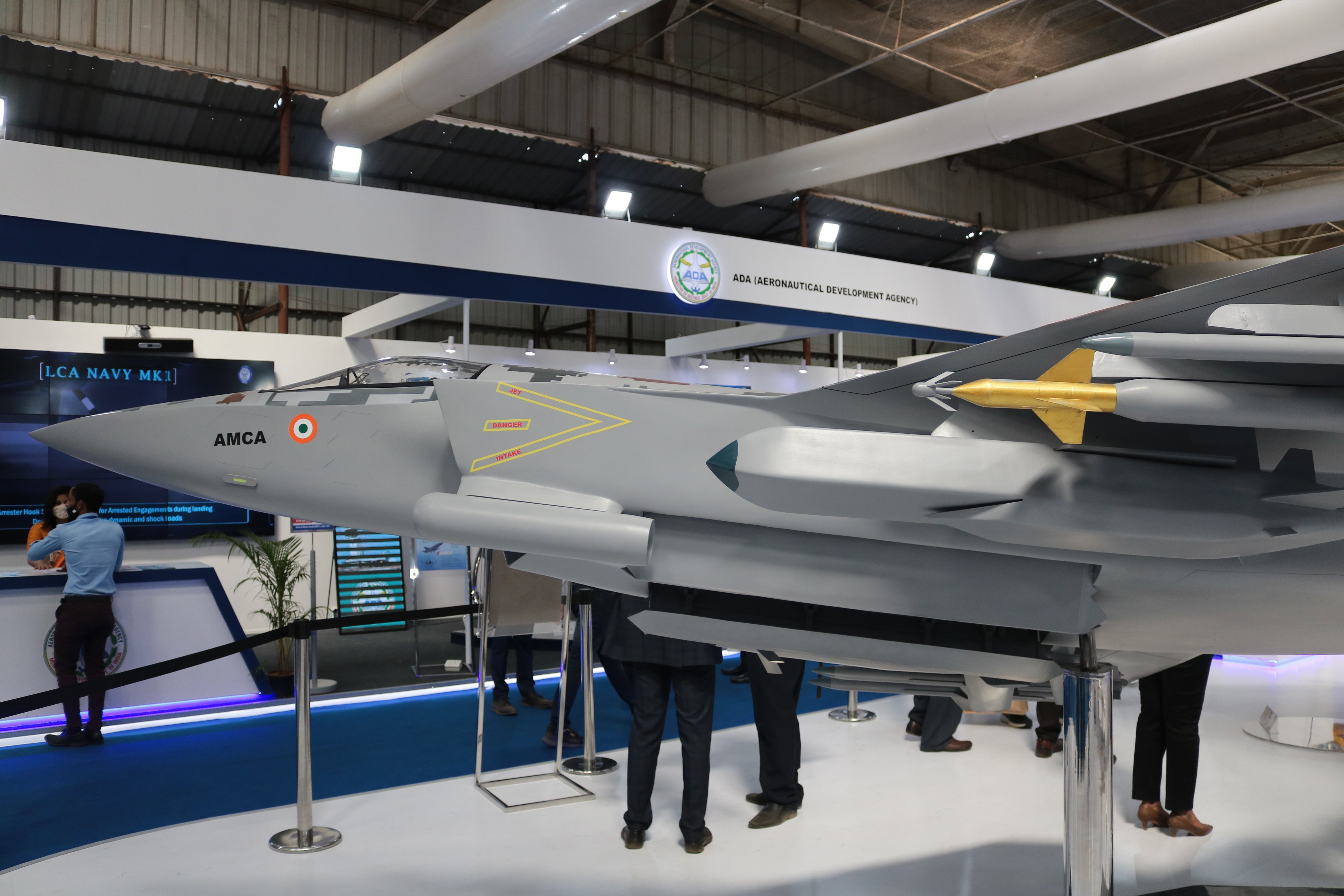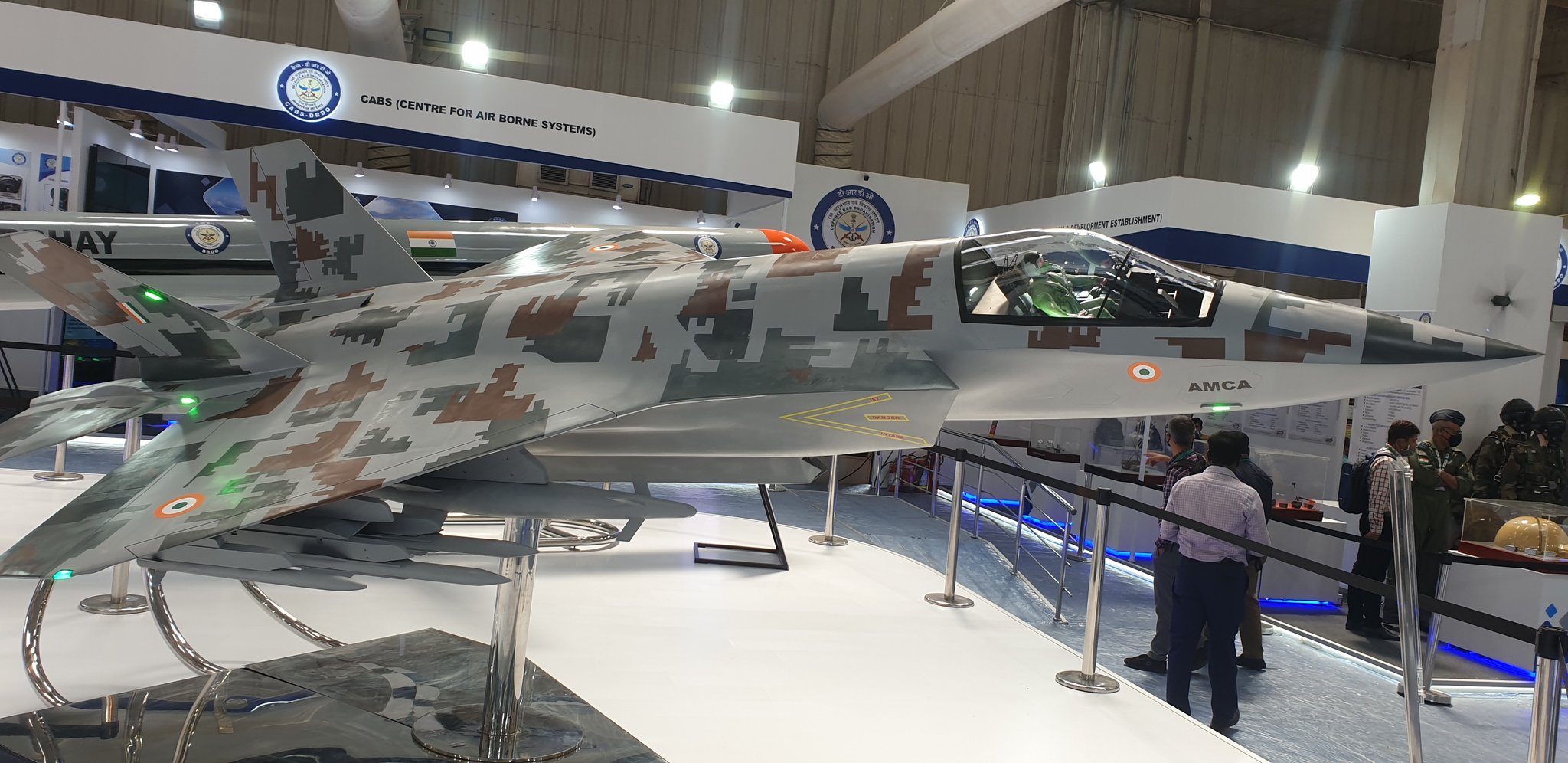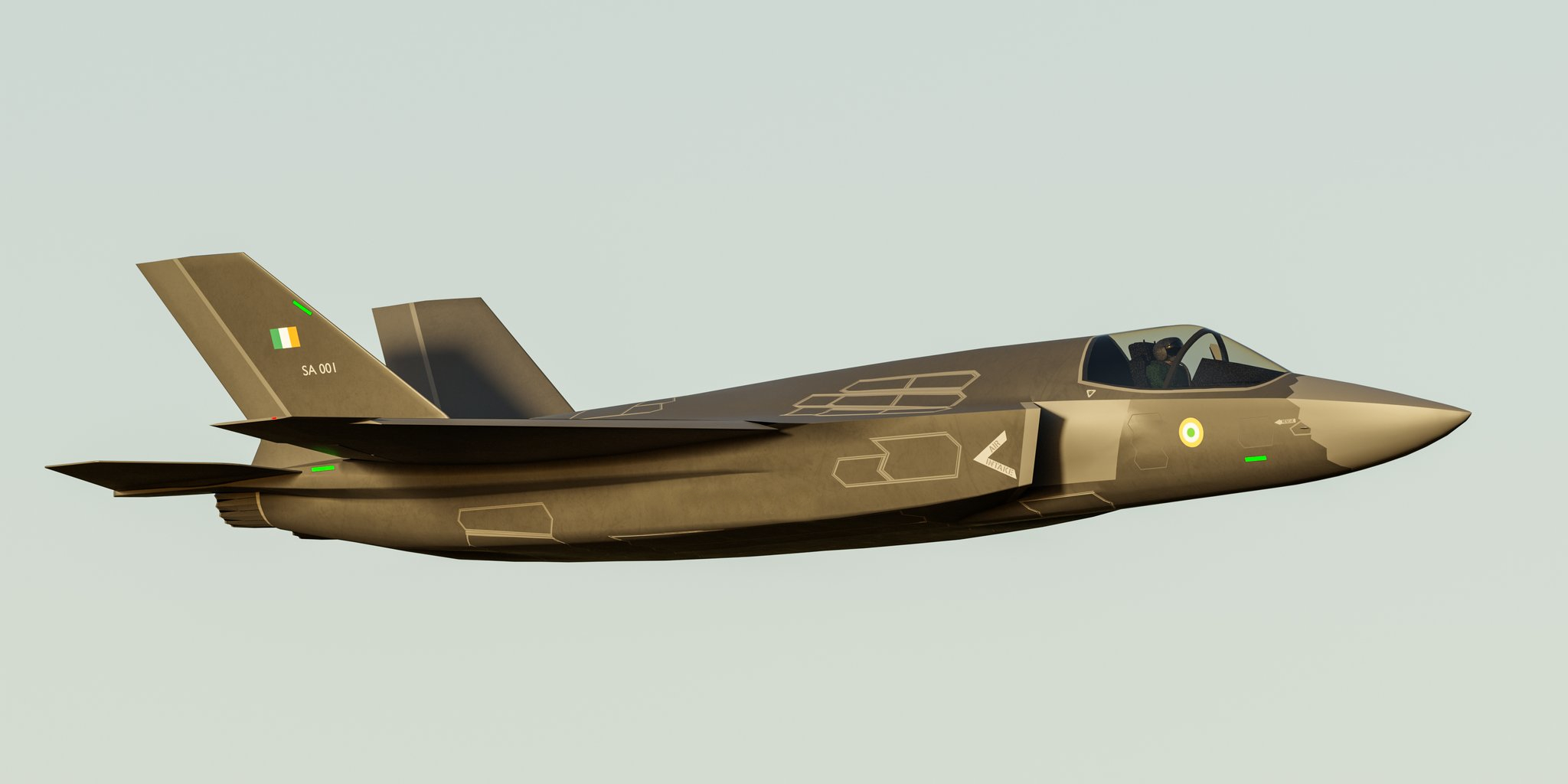India’s aggressive efforts to modernize and indigenize its air force are reflected in the country’s Advanced Medium Combat Aircraft (AMCA) program. Amid talks of advanced technology that will be onboard the jet, speculation about which engine will power the stealthy multi-role fighter aircraft is rife.
US’ Hypersonic Ambitions ‘Fail To Boost’; Experts Call It ‘Ominous Signs’ After Series Of Unsuccessful Missile Tests
Going Local
India was a part of the joint Russo-Indian Fifth Generation Fighter Aircraft (FGFA) program to manufacture a new aircraft based on the Sukhoi Su-57 fighter jet, which would replace a fleet of aging fighters, including the SEPECAT Jaguar and Dassault Mirage 2000.
However, in 2018, India withdrew from this proposed multi-billion-dollar project after the Indian Air Force (IAF) expressed strong reservations regarding its high cost and technology transfer extent.
Most of the force’s concerns were centered around the Su-57’s stealth performance and production issues related to its Izdeliye 30 engine.

Moreover, the FGFA partnership became an impediment for India in the context of the nation’s aim to build up its domestic defense industry as part of the government’s ‘Make in India’ campaign. Under this and other similar initiatives, the government has identified boosting indigenization in the defense sector as one of its top priorities.
India has already earmarked 63% of its military’s capital budget for FY 2021-22– INR 70,221 crore — for procuring locally produced weapons and systems. For the AMCA, the IAF has decided to go a step further in terms of technology.
India’s 5th-Gen Aircraft
At the Aero India-2021 expo held in February, then-IAF chief Air Chief Marshal RKS Bhadauria was quoted as saying that the Defence Research and Development Organisation (DRDO) is looking at integrating sixth-generation technologies into AMCA.
He added that there was a possibility of equipping AMCA with directed energy weapons, superior anti-missile systems, advanced missile approach warning systems, and teaming it with unmanned systems.
As a fighter with “sixth-generation characteristics,” the AMCA’s avionics suite will be equipped with a suite of advanced radars and electronic warfare systems.
The aircraft is expected to have a very low radar cross-section for greater stealth performance along with the integration of specific AI-based systems and an advanced cockpit display with a touch screen interface.

For superior maneuverability, the AMCA will reportedly have thrust-vectoring engines. Information about the AMCA’s armaments is not available in plenty. However, it has been reported that weapons will be carried entirely in an internal weapons bay to preserve and maximize stealth performance and deep penetration capability of the jet. The fighter will flaunt Beyond-Visual Range missile targeting capability, in addition to having typical standoff weapons, air-to-air missiles, and guided bombs on board.
These technologies aside, the question of which engine will power the AMCA still lingers.
Powering The AMCA
British firm Rolls Royce, the French Safran Engines, and US-based General Electric (GE) Aviation are the frontrunners for being the power behind the Indian fighter jet.
In an article for Indian Aerospace and Defence Bulletin, Group Captain Anupam Banerjee (retd) noted that Hindustan Aeronautics Limited (HAL), one of the developers of AMCA, and Rolls Royce agreed to expand their current partnership at Aero India 2021.
Even at present, Rolls Royce has a solid ground to stand on as the Indian Armed forces already use around 750 Rolls-Royce engines of 10 engine types.
The significant ones in use are the Adour Mk811 powering India Air Force’s Jaguar, Adour Mk871 placed in Hawk AJT, AE2100 engine of the C-130J Super Hercules strategic airlift aircraft, and AE3007 engine for VIP and Surveillance aircraft Embraer ERJ145.
Any company with this kind of footprint in a country will in the normal course be interested to increase such engagements.

As EurAsian Times had recently reported, the British company has already shown interest in working with India to co-develop and manufacture engines for AMCA, even offering the country ownership of the Intellectual Property rights for the same.
On the other hand, HAL’s Executive Director (Corporate Planning), D Maiti, and Safran Aircraft Engines’ CEO Pierre Dickeli also signed an MoU at the Aero India expo. The stated aim was to explore opportunities for strategic business cooperation.
The MoU’s scope includes the maintenance, repair, and overhauling (MRO) of M88 and other engines, transfer of key manufacturing technologies, and manufacturing alongside development and production of high thrust aero-engines.
Like its European rival Rolls Royce, Safran also has skin in the game. It is one of the main contributors to the 36 Rafales that India acquired in 2016.
The inertial navigation systems produced by Safran are equipped in over 500 fighter aircraft used by the IAF and the Indian Navy. The Sigma 95N navigation systems built by the firm are used in the Sukhoi 30, Tejas, MiG-27, MiG-29, Jaguar, and Hawk fighter planes.
Additionally, with more than 1,500 helicopter engines in service, the Safran Group is also the leading supplier of turbine engines for the Indian armed forces’ choppers.
Meanwhile, the American corporation GE is the supplier of F404IN20 engines for the Light Combat Aircraft (LCA) Tejas Mk-1. The company’s F414-INS6 engines were also selected to power the MK-2 version of the LCA. To boot, the company’s CFM56 engines power the Indian Navy’s P-8I while the CT7-8 engines power the Indian Air Force’s VVIP squadron of AW101.

Like Safran, GE Aviation also supplies integrated systems and technologies. These are used in combat aircraft, military transport, and helicopters besides being fitted in land vehicles, and unmanned aerial vehicles (UAVs). Various Indian platforms like the Hawk Mk 132, SEPECAT Jaguar (Shamsher), P-8I, C130J, and HJT-36 Sitara deploy GE’s systems.
Early in 2019, The Week had reported that the AMCA will be powered by the GE F414 engine with a thrust of over 90kN. This was to be an interim setup till a higher-thrust 110kN engine is finalized. It was reported that the plan involved flying the AMCA with the F414 engine for the first six to seven years using this “interim engine”.
The situation regarding this isn’t clear yet. In the meanwhile, as Banerjee suggests, it might be easier to find a solution if, “[r]ather than looking at the whole process of engine manufacturing as a problem statement, or challenge[…]it is broken down into smaller sub-parts of various problem-solving statements which can be derived at by identifying the critical technology challenges that we have encountered in our years of service put into this field.”
- Written by Shreya Mundhra/EurAsian Times Desk
- Contact the author at: shreyya.mundhra@gmail.com
- Follow EurAsian Times on Google News




